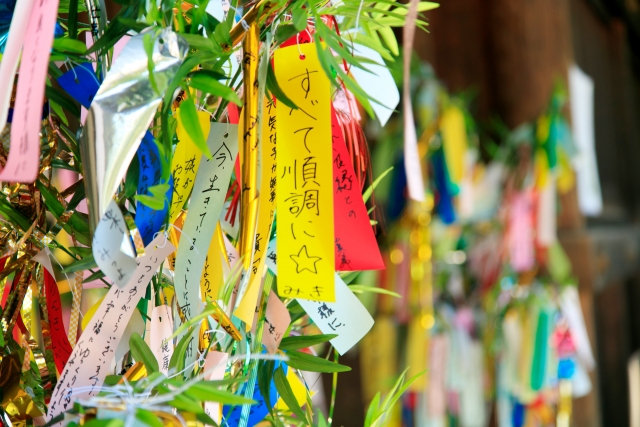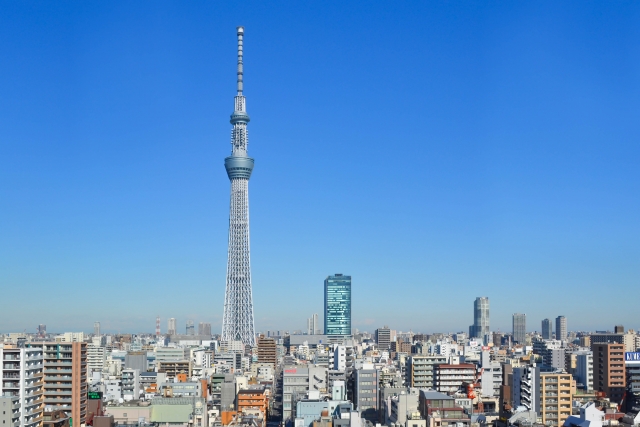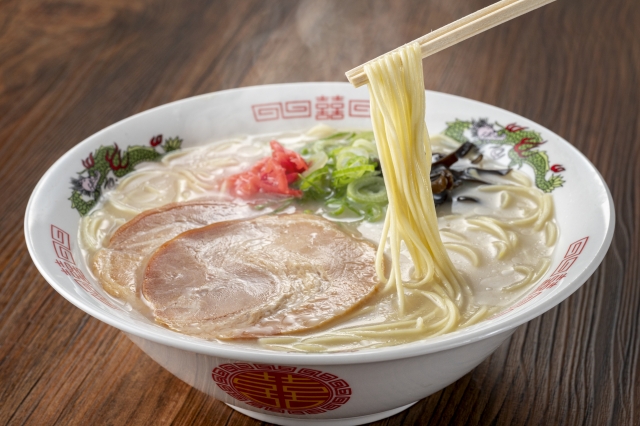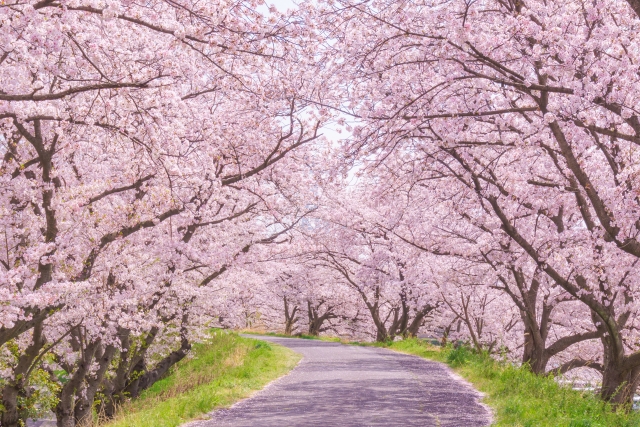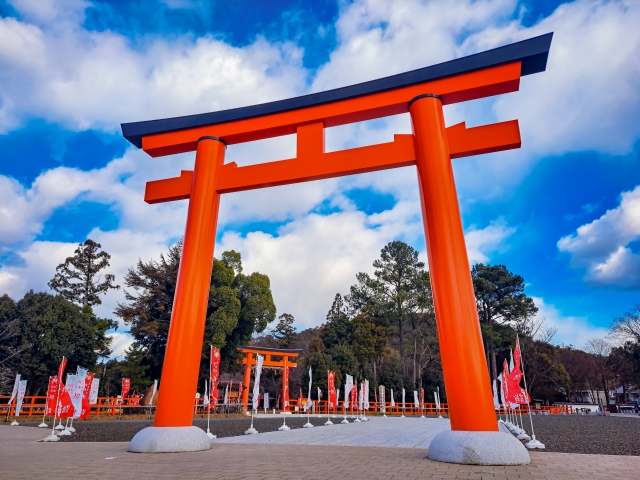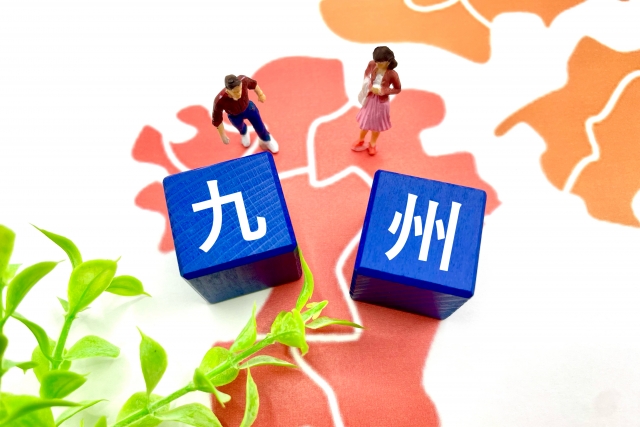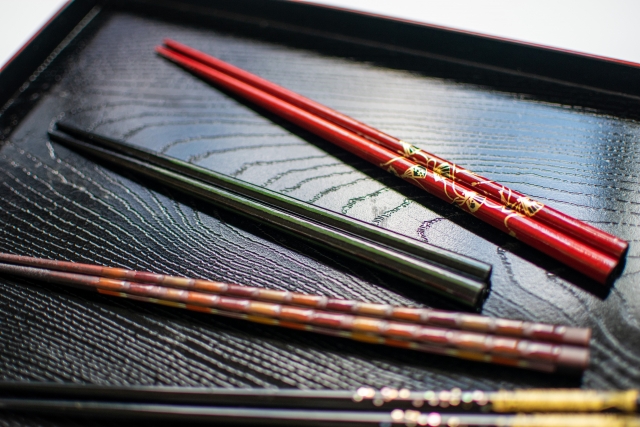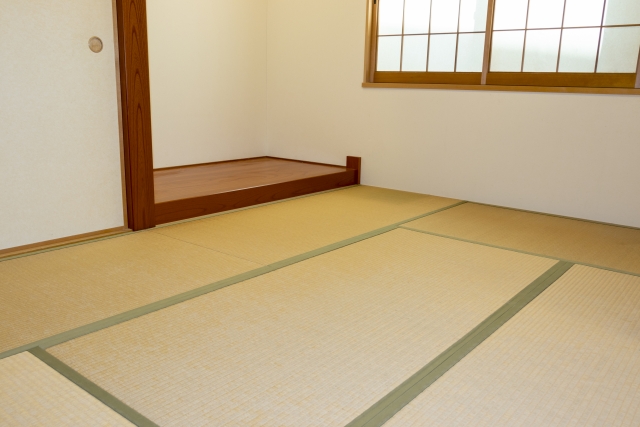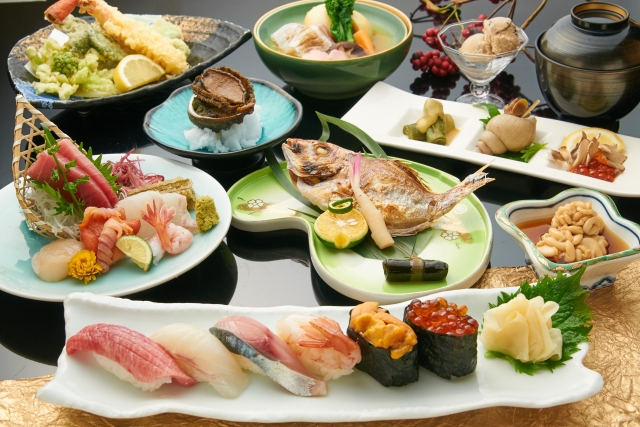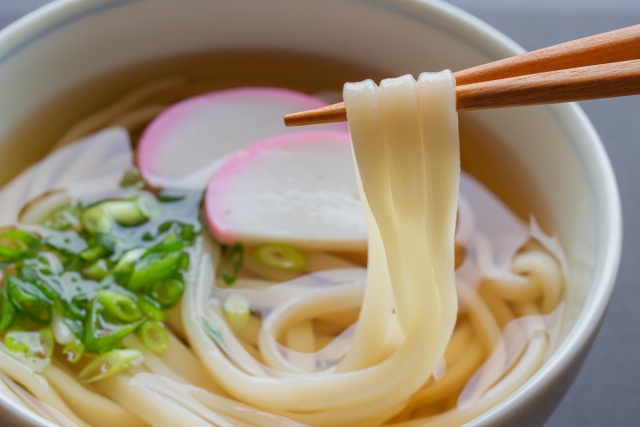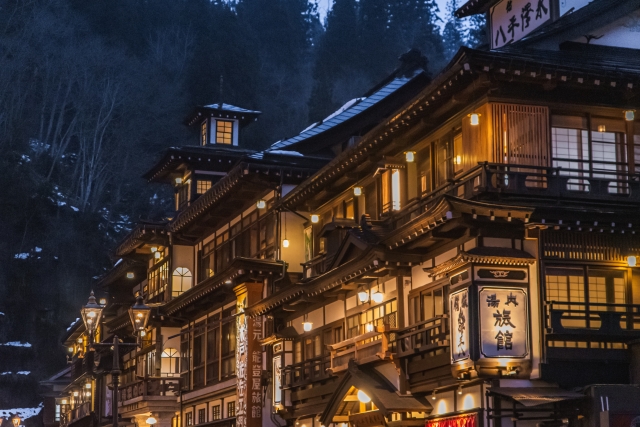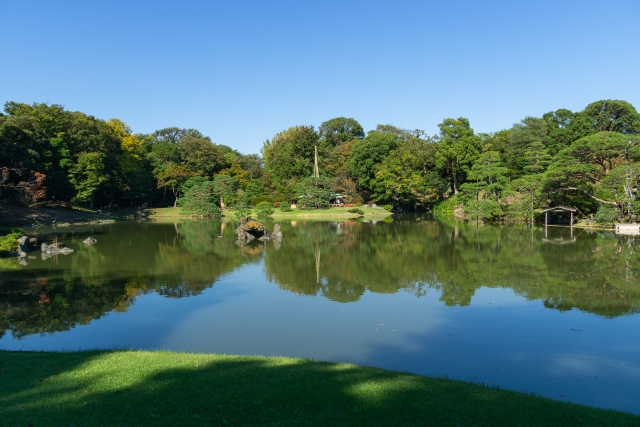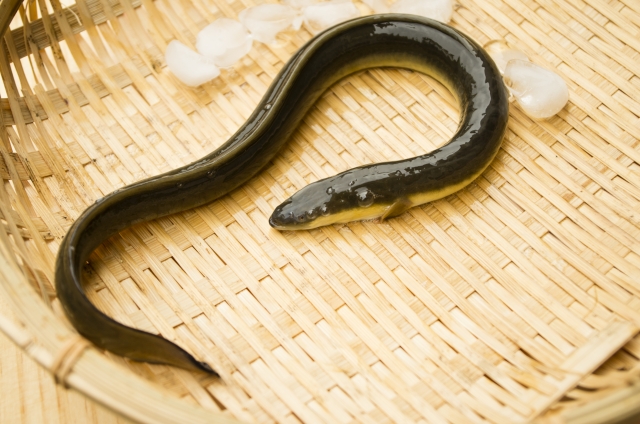In Japan, there is an annual event called “Tanabata” on July 7th, where people write their wishes on colorful “tanzaku” or strips of paper on bamboo leaves and decorate them to pray to the stars. Tanabata is one of the most familiar events that have been held in Japan since ancient times. Many people in Japan have been familiar with this event since their childhood, through kindergartens and local festivals.
I would like to introduce how Tanabata events started, and where you can find Tanabata festivals.
Contents


